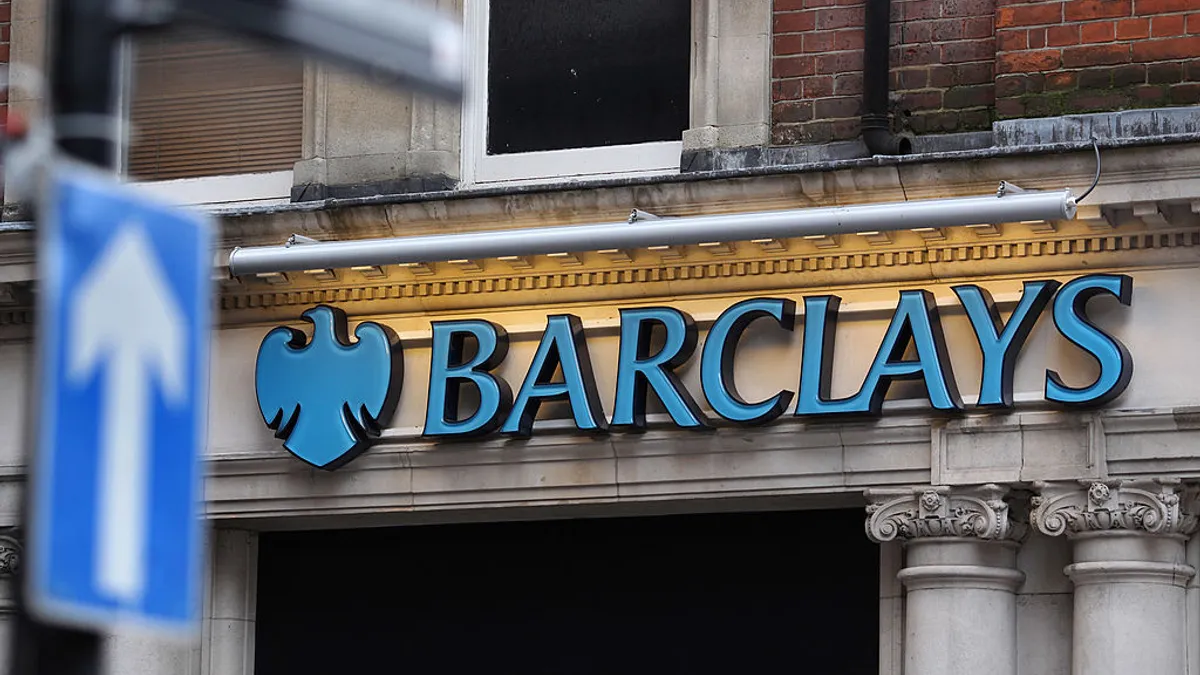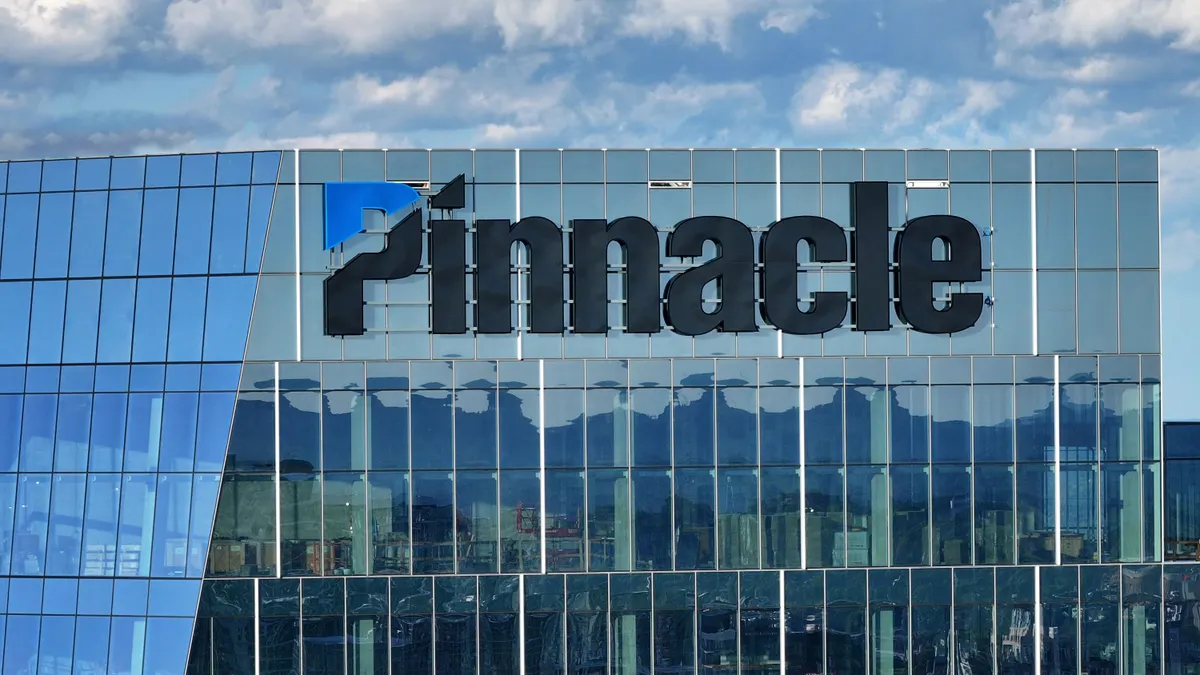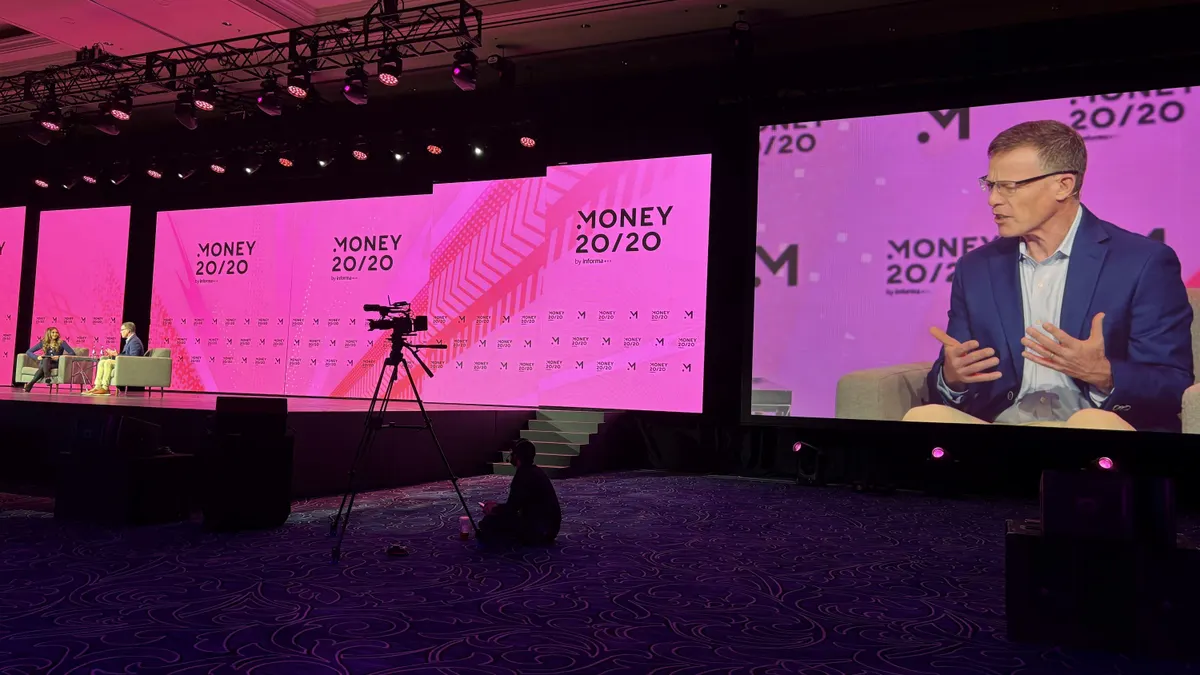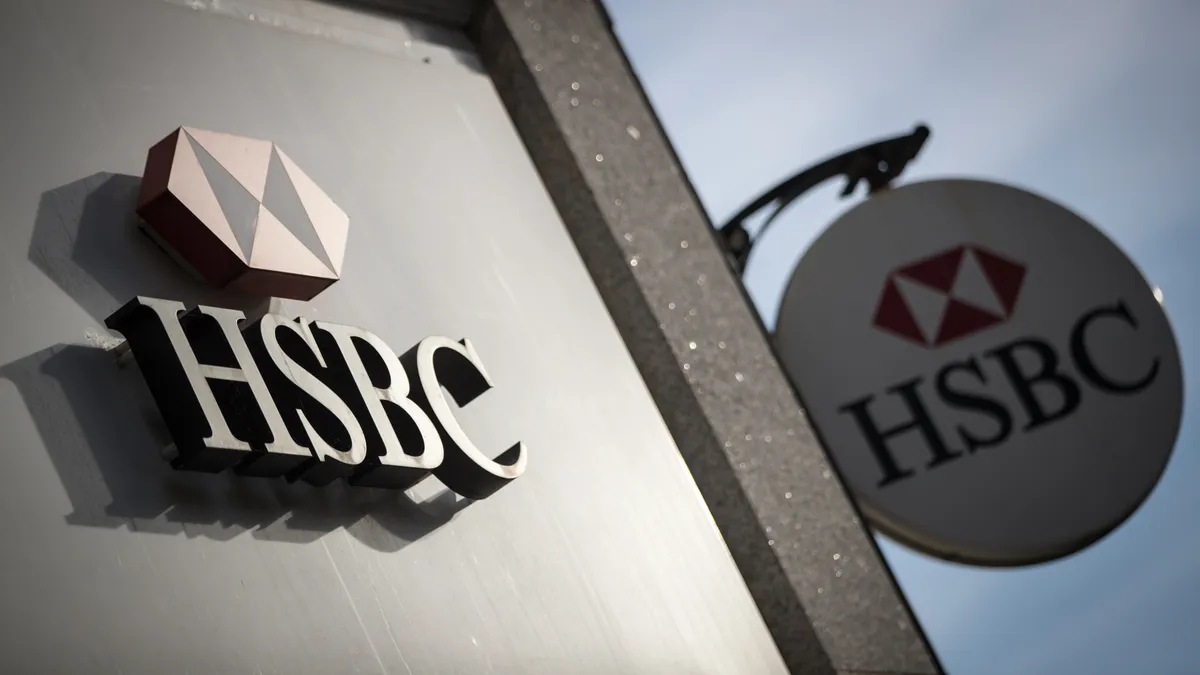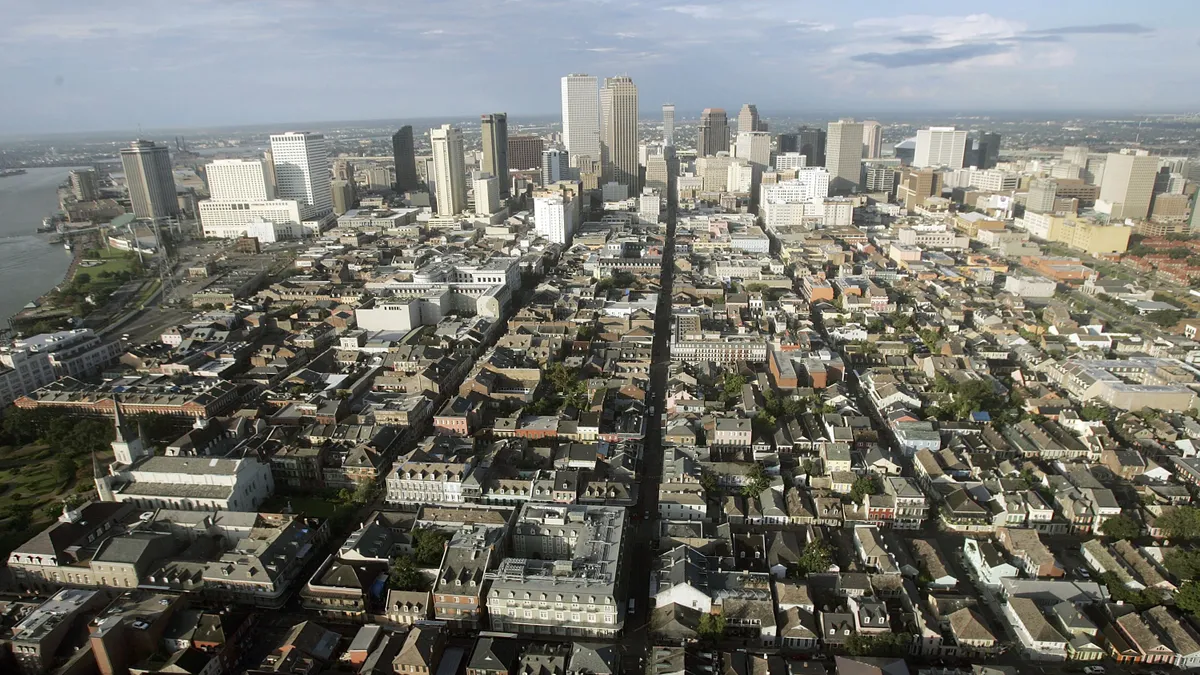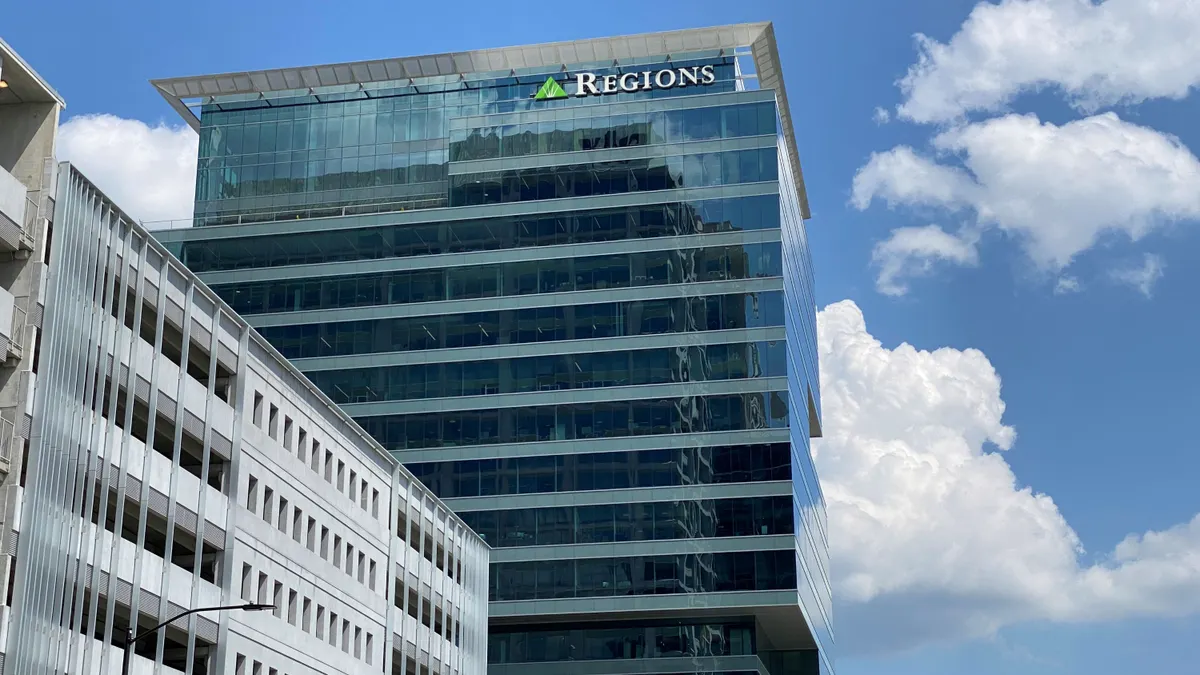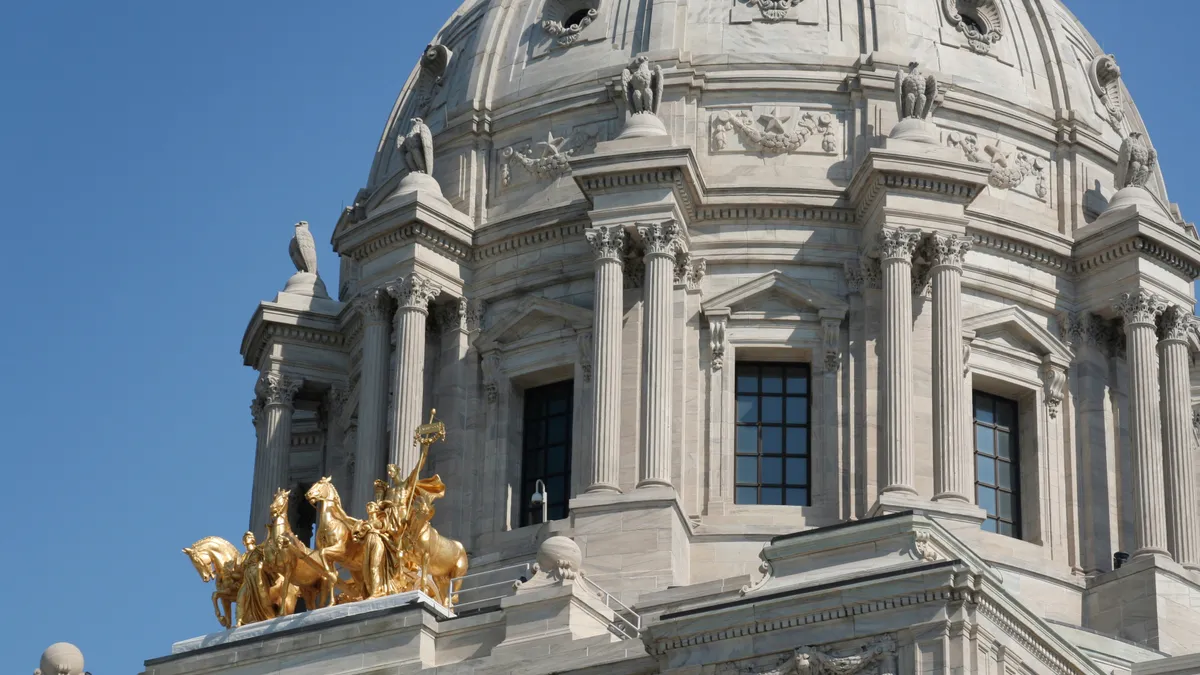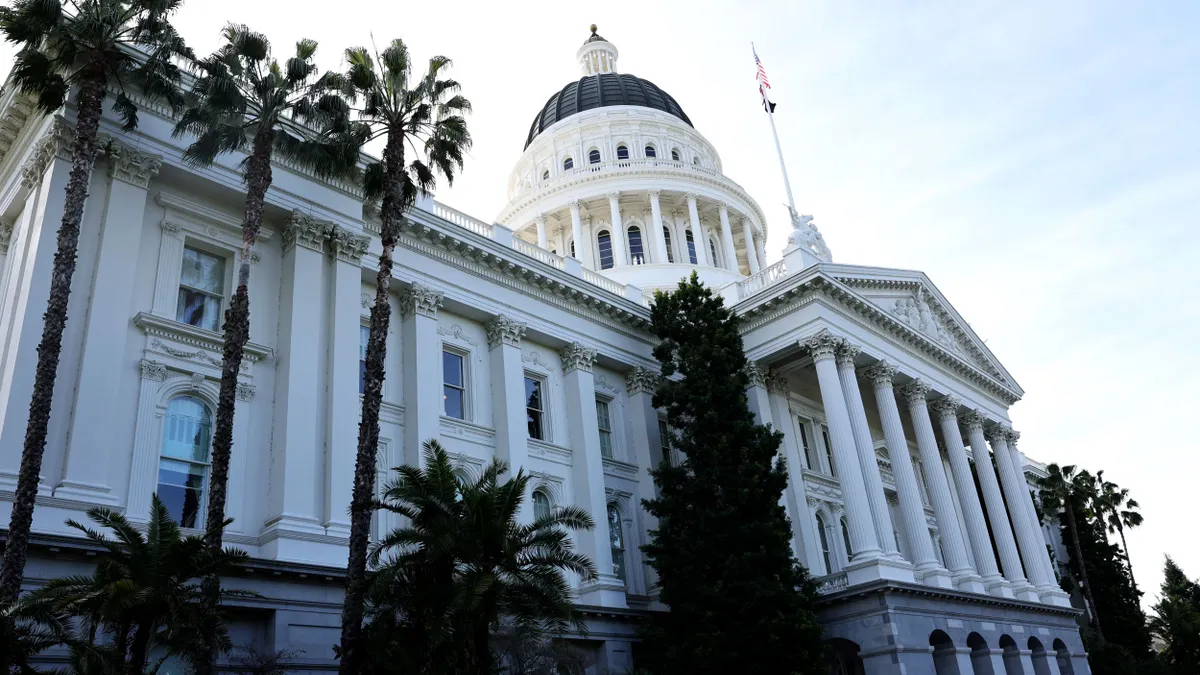When Barclays entered the U.S. credit card market by acquisition 21 years ago, it saw the partnership model as a competitive edge.
Now, the British bank's U.S. outpost has used that partnership model – with big brands like Gap, Wyndham and JetBlue – to grow into one of the largest credit card issuers in the country.
Barclays counted 20 million customers and roughly $32 billion in ending net receivables as of 2024. This year, it became General Motors’ card issuer, replacing Goldman Sachs. Barclays had been vying for the credit card portfolio before Goldman snapped it up in 2020.
The partnership model is as important as ever. Chief Marketing and Experience Officer Lili Tomovich discussed the ins and outs of partnership and more last week with Banking Dive at the Money20/20 conference in Las Vegas.
Editor’s note: This interview has been edited for clarity and brevity.
BANKING DIVE: In the competitive banking landscape, what are the key experience touch points where Barclays strives to stand out?
LILI TOMOVICH: We're very fortunate at the consumer bank that we're a partner-based business. We have co-brands with some of America's top brands in the travel and hospitality space – like JetBlue, Frontier, Wyndham hotels, Carnival Cruise – so we actually deliver a product that consumers have a vested interest in. They're usually a loyal member to begin with, and they get our credit card to access incredible experiences for card members.
Our job is to make sure that their product works seamlessly: It delivers the value they're expecting, it's easy to make a payment, it's easy to access the rewards, it's easy to access the merchants where they have shops. We're very much focused on the digital ecosystem experience, and then our partners help develop the experiential side.
How does Barclays determine potential partners?
We have several verticals. One is travel and hospitality – airlines, cruise lines, hotels – and then we're very much focused on retail. All four Gap brands are our partners, and we also have Xbox in that category.
We have categories that we go after, but we would never want to have all of our partners in retail or all of them in travel. It's about having a balanced portfolio. We're very strategic about who we partner with.
What does deepening customer engagement look like for Barclays?
What we really try to lean into is the partner that they have a deep relationship with. I'm only getting a Carnival Cruise card or a JetBlue card or Gap card because I like the brand. Our job is to make sure that we provide offers that are timely and relevant to customers. If it's back-to-school period, and we know everybody shops [at] Gap during back-to-school period, what can we do as a credit card partner to make it more relevant to customers, to give them a better experience when they shop? Can we give four times points during back-to-school weekend, et cetera?
We're always looking for ways to kind of deepen the relationship with a partner while adding value to our card product, and we're taking a look at our overall value proposition on what we are going to do around dining, shopping and experiences. We're constantly evaluating our benefits and what we could add that consumers will find of value and relevant to them and their lifestyle.
When your team is exploring ways to provide more value to customers, what does that look like?
We look at the industry landscape to understand consumer sentiment, and then we spend time doing consumer research, both qualitative and quantitative. What are customers telling us? And then we’re thinking ahead to where the industry is going and how we stay relevant. We have to be five steps ahead, because oftentimes consumers don't know exactly what they want.
How does Barclays lean into innovation when finding value for both partners and cardholders?
With Barclays’ Innovation Lab, we’ll do [something similar to] hackathons – one of our partners will come to us and say, to keep it simple, “Look, we want to change the value proposition on our card.” They want a refresh. We'll bring in a cross-functional team of folks, from both sides, who will spend two or three days conceptualizing a new product and setting strategy all within 72 hours. An incredible amount of innovation comes out of there.
Our Breeze Airways card came out of that. They came in and they said, “We want to do this fast, and we want a digital model. No paper – we don't want to give out anything on planes. We want everything to be digital.” [iLabs] uses the design thinking methodology.
Breeze is one of several lower-cost airlines Barclays partners with, along with Frontier and JetBlue. What’s the attraction to low-cost airlines as partners, and what does it mean for you when these airlines expand (as they’re doing)?
In middle America, lower-cost airlines are what they're flying. Most people aren't looking for business class on American Airlines – the average consumer is looking to fly low cost on Frontier and Breeze. Serving smaller, underserved markets is super important.
Partnering with these brands is a great opportunity to drive greater acquisition. More people are interested in getting the co-brand card to get points that they can redeem, so it's just more acquisition. The credit card program is the No. 2 revenue driver for any airline.


